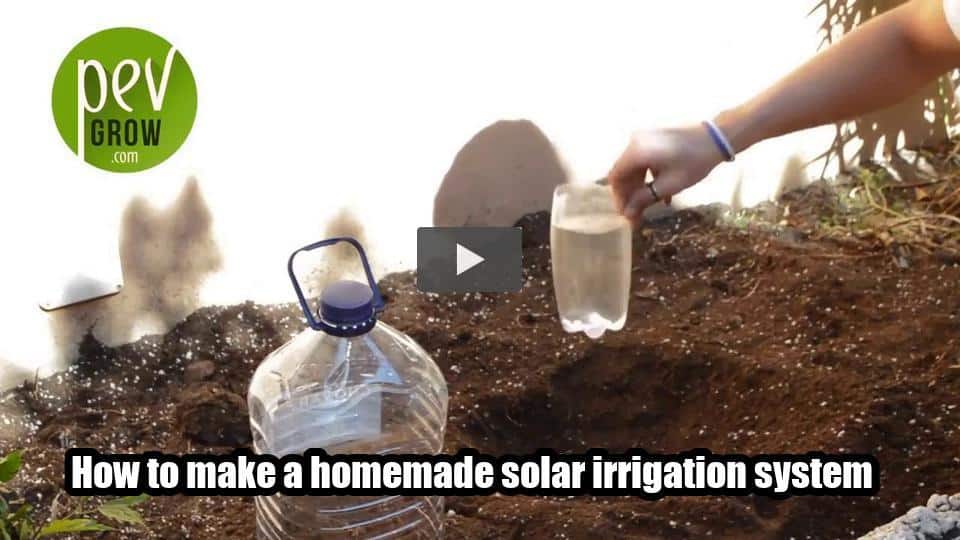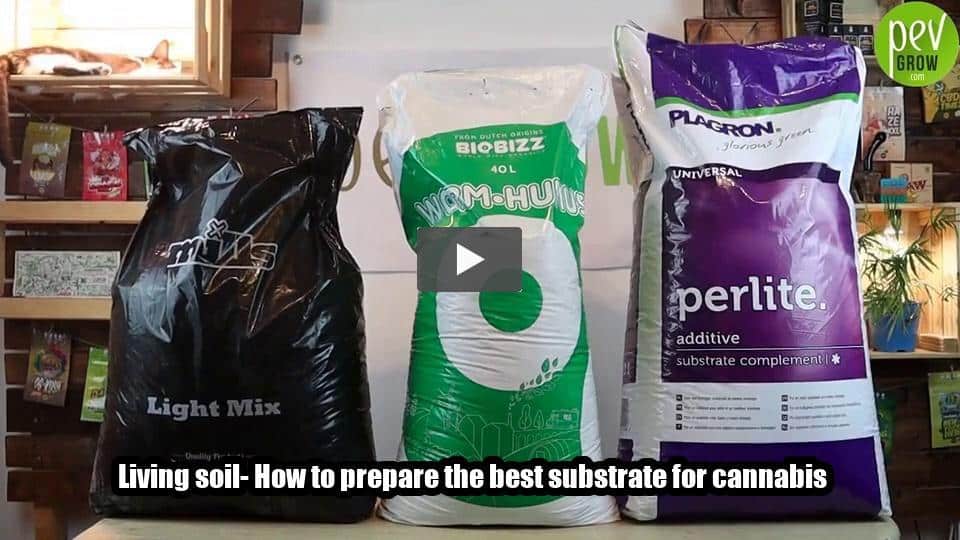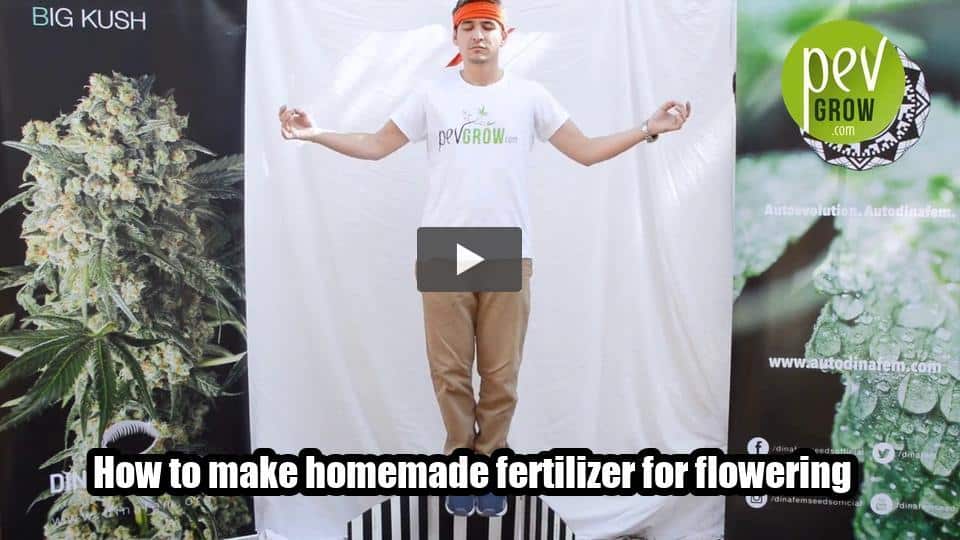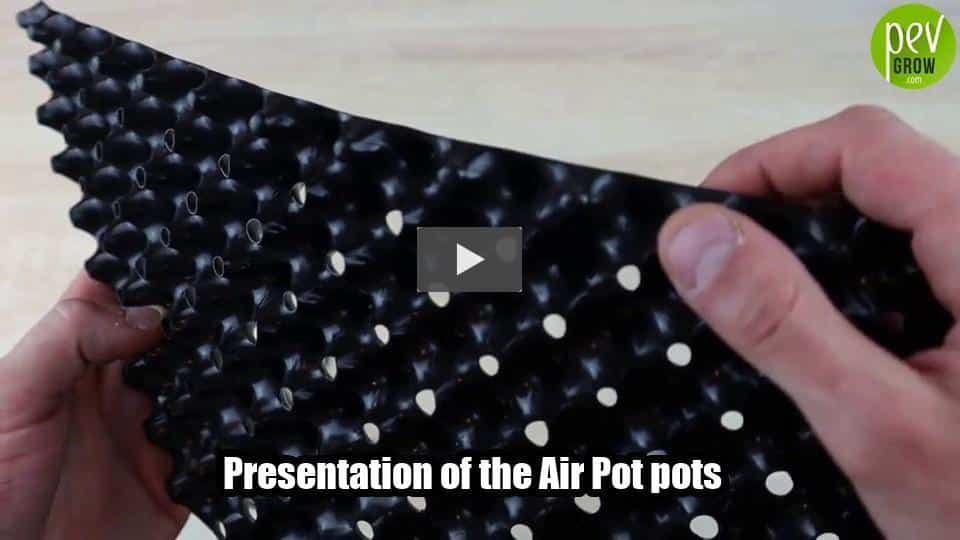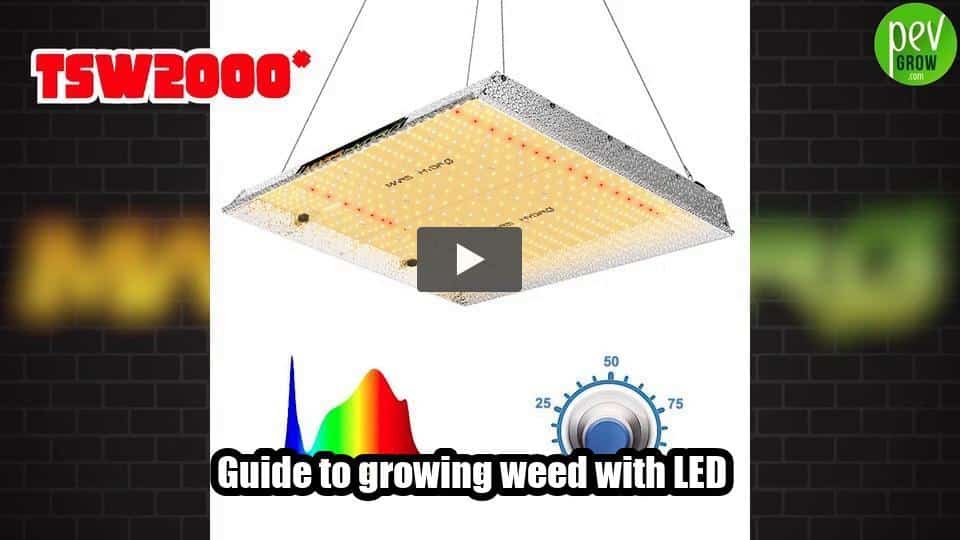
This video provides a comprehensive guide on the efficiency of LED lamps for growing cannabis, emphasizing the importance of understanding light spectrum and plant needs during different growth phases.
and hello Growers! So today we are going to make a big video to clarify the subject of LED lamps. For years, lighting manufacturers have been looking for solutions, and each was making their own technology. We were still talking about lumens. 660 nanometer LEDs and the 739 nm LEDs didn’t even exist, and white LEDs still had poor efficiencies, especially Warm White below 3500K, which are the most useful for us.
Very few manufacturers worked with biologists, and even biologists did not know all the mechanisms, which also vary from one place to another. NASA made lamps with only blue at 4:59 am meters and ready at 6:39 nm, and it was said that this was useless. This is completely false! And now, in 2022, everything has evolved significantly. We no longer talk about lumens; we talk in micromoles per square meter per second.
When we measure the PPFD in micromoles per square meter per second over a given area and divide by the power of the lamp, we get the famous micromoles per Joule efficiency that everyone is currently looking at, which is supposed to indicate the efficiency of the horticultural lamp. It’s a very simple indicator for users: the higher the micromoles per Joule, the more efficient the lamp is, they say.
It has become a race for micromoles per Joule among manufacturers, and even a race for micromoles because they need to be as cheap as possible. The lamp market just needed a simple indicator, and everyone adopted this one. Everyone thinks that the higher the PPFD on my growing surface, the better my yield will be. And if I can buy a lamp that provides a high PPFD while consuming fewer watts, then I have a very good lamp. Yes, but actually no! Let me explain.
- PPFD and radiometric yield are not everything a plant will assimilate and use. All its micromoles are utilized more or less well depending on the growth phase:
- Growth
- Flowering
- End of flowering
- Some lamps output 1000 micromoles or even much more, but the plants only use maybe 50% or even much less, depending on the lamps.
This is where you come in. Pure stands for Photosynthetic Useful Radiation, and to know how to measure this, solid knowledge is required. No manufacturer provides this, and many don’t even know this concept. PAR stands for Photosynthetically Active Radiation. This is what PPFD generally measures, between 400 and 700 nanometers in micromoles per square meter per second, so the rate of our radiation utilization by the plant.
For example, a plant in flowering under HPS light has a PUR of about 28%, while under the sun, it’s less than 35%. The graph I’m showing you illustrates photosynthesis via chlorophyll and another pigment, carotenoids — two peaks for chlorophyll in the blue and two in the red, and the green-yellow region between 500 and 600 nanometers shows almost no interaction. However, there is one via carotenoids. A plant produces sugars thanks to chlorophyll. For this, it mainly needs blue and red, and a little bit of green and yellow.
The energy spectrum is present, and we can almost see the useful spectrum for growth. Seeing this, one might think that a lamp made up of only blue and red would be sufficient. That’s why the LED lamps from 10 years ago were all purple. This is the energy spectrum of blue and red — but in a plant’s metabolism, they are not just chlorophylls. There are a bunch of other pigments that are activated by the signal spectrum and greatly contribute to the health of the plants. This signal spectrum is just a signal; it requires much less than blue or red. However, all manufacturers include a lot of it, but why? Because commercially, from the consumers’ perspective, it sells better.
On the other hand, in large professional installations, it is complicated to move the plants from the growth area to the flowering area, so we put a potentiometer on the lamps, and when we switch to flowering, we simply show the power because they need to cover the entire spectrum. So we use white LEDs, such as Samsung LM301H or Osram Duris, which are inexpensive and have very good micromoles per Joule efficiency. They are the basis of 80% of current lamps because they are economical and easy to implement.
It’s full spectrum; it’s marketable because the same white LEDs have a useful blue peak in their spectrum that allows for the absence of blue LEDs. Even if they don’t always know it, green increases light penetration. If we create a versatile growth-flowering spectrum, there will be too much blue and too much red in growth, so we will always waste energy. It’s a bit like giving a plant the entire NPK cycle when in growth it needs more Nitrogen and in flowering, more Potassium and Phosphorus.
This panel has a very good efficiency of 2.88 moles, which is excellent. But the large part of this light is not used, whether we are in flowering or in growth. There is too much spectrum signals between 500 and 600 nanometers; we don’t need that much. So there is too much red for growth and too much blue for flowering, and there is too much green and yellow. There should be much less than that; one-third of that would be more than enough to stimulate all the accessory pigments.
It’s a growth-flower spectrum, so there is no spike at 730 nanometers because the steep peak inhibits seed germination. As a result, we don’t have the Emerson effect, which boosts and greatly shortens flowering times. This spectrum is cheap to produce and has an excellent yield in micromoles per day, so they can highlight very good efficiency at a reasonable price. But from the perspective of a cannabis plant in flower, it is certainly below 40%.
We return to the logic of HPS: on balance, a maximum of photons. The spectrum is not good, but the light intensity is at its maximum, and the plant takes what it needs from it. However, LEDs allow for making lamps that are much more efficient, but it costs more and requires at least one biologist who knows what they are doing. As a result, in flowering, there is too much blue. I want to react to this excess blue by defending itself, and to do so, it will produce flavonoids and terpenes and other pigments and secondary metabolites to protect itself from this highly energetic radiation.
On the other hand, in terms of biomass and flower production, it will reduce the yield per square meter and increase the electricity bill. But if we want to produce concentrates, it’s rather good, especially since blue will also create a solid effect, meaning it will produce leafy flowers. However, this is not always desirable in our field.
In the TS1000, when we look at the spectrum, we see that there is more blue than red. Therefore, this panel will be more growth-oriented than flowering; you will end up with much leafier flowers. He specifies that there are 760 nanometers; so first, why 760 nm? It’s way too far, like 730 — much more effective! Moreover, there’s 760 nanometers in far too low a quantity — only two small LEDs. On top of that, the blue peak completely inhibits the red light.
Now, there’s talk of the TS2000. Here we have almost the same problem, a growth-oriented panel with more blue than red. On the other hand, we have four LEDs of 730 nanometers, but it’s still too little for the plant to use, and you should avoid germinating your seeds directly in pots under the lamp.
The SP3000 offers a much better full spectrum, with more red than blue because the needs in flowering are greater. There’s not too much excess of signal spectrum but an absence of far-red to be able to germinate the seeds directly under the lamps.
The FC3000 provides a full spectrum with UV and IR, but still in quantities that are too low to be effective. However, we have a large excess of signal spectrum. Spyder Farmer comes from the same catalogs as most LED draws, so they have the same spectrum with the same problems. On the model 2.6 umol, we have a full spectrum panel with not too much excess in the signal spectrum. On the other hand, the model at 2.99 is much more effective for the flowering of our plants, with a much higher peak.
In the basic 300W model, there are UVs that they removed on the pro model to increase the micromoles per day yield. Additionally, they were in too low a quantity to be effective. We always put this red peak in too low a quantity on the basic 300W, but they added a bit more on the pro model, which is a good thing.
As you understood, we often use a strong light, but in far too low a quantity to be effective, because blue is antagonistic to strong light. This two-week strong light signal would be useless in terms of energy consumption, but it sells because the average customer sees it as better. However, it will not be useful; there is way too much blue.
Have you noticed that no one uses LEDs at 630nm? It’s simply because the 630 nanometers have poor efficiency and negatively impact micromoles per Joule efficiency, so we don’t use them. No one uses them because currently everyone evaluates the lamp based on micromoles per Joule efficiency, which is a big mistake.
Here is what a true growth spectrum and a true flowering spectrum should look like:
- In the growth spectrum, we have a large peak of blue with two peaks of red: one at 630nm and one at 660nm, but much weaker than the blue peak.
- In contrast, in the flowering spectrum, we have a blue peak that is much smaller than the red peak. We always have this peak at 630 nanometers and a large peak at 730nm, which is almost as large as the blue peak.
I hope you enjoyed this video and that it will help you in choosing your LED panel. Don’t forget to check out the website and join our Discord server. Right, bye!
